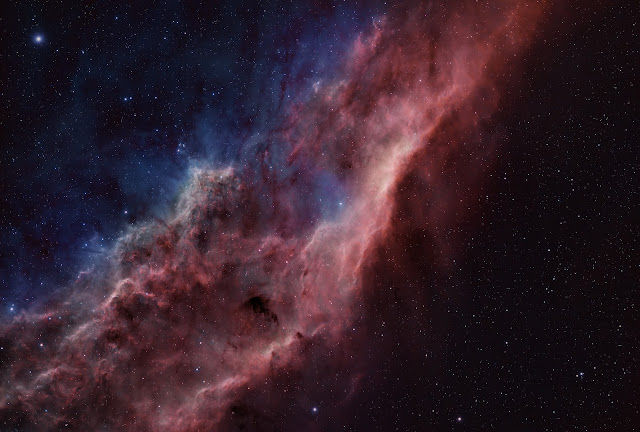New project time. I have never attempted this object before even with widefield DSLR. Simeis 147, also known as the Spaghetti Nebula, or Sharpless 2-240, is a supernova remnant (SNR) in the Milky Way, so huge it straddles the border between the constellations Auriga and Taurus. Discovered in 1952 at the Crimean Astrophysical Observatory by Grigory Shajn and his team using a Schmidt camera and a narrowband filter that was close to the Hydrogen Alpha transmission line. It is difficult to observe due to its extremely low brightness. I honestly was not sure if I would be able to capture anything using 300 second exposures. My first attempt was a 4 pane mosaic using Telescopius to copy the CSV file and pasting it into the ASI air pro. As you can see things did not quite align with a 15% overlap.
My second go will be a 6 pane with a 30% overlap























